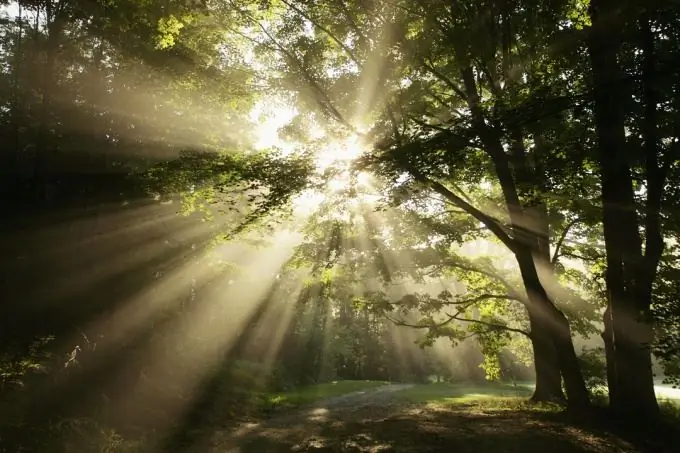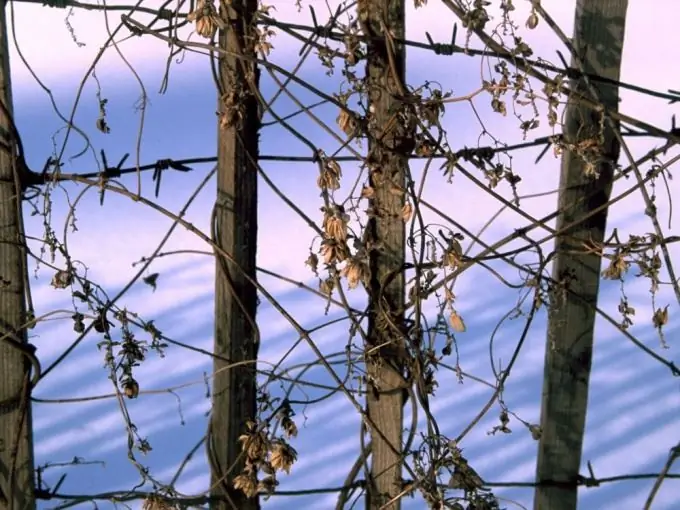Photographing nature in a way that captures its true beauty is not easy. Many people shoot landscapes, flowers, clouds and animals, but so that the picture will take your breath away, so that nature is captured on it genuine and alive - this is extremely rare. The fact is that we see one thing, but through the camera lens, something completely different enters the frame. It is necessary to take into account the properties of photographic materials and shooting conditions, not to mention the composition of the photograph.

It is necessary
polarizing filter
Instructions
Step 1
The emotions that people experience at the sight of a majestic natural landscape can be amazing, but in order to preserve these moments, you must also follow a number of rules that allow you to capture nature alive and beautiful. The first thing to worry about is composition. Even if you make a little mistake with the shooting parameters, a well-thought-out composition will smooth out the imperfections, sometimes flaws in lighting can become an advantage of the shot. Shooting of nature does not forgive an ill-conceived composition. After planning your shot, look at it through the viewfinder. The landscape has changed, hasn't it? Perhaps moving away a little, moving the camera, or changing the angle of shooting will make the picture better? The easiest way to learn to shoot nature is with a digital camera, since you can immediately take into account your mistakes and correct them.

Step 2
If you are shooting a landscape, then use a deeper depth of field for the frame. This will allow you to achieve crisp detail over a wide range of focus distances. Close the iris to increase the depth of field. If there is not enough light coming in, increase the shutter speed and shoot with a tripod. Typically, for landscape photography, this approach gives the best results.
Step 3
When photographing animals, flowers or insects, that is, something small, it is better, on the contrary, to choose the smallest depth of field. This will allow you to focus on the very subject of the picture, while the background will be somewhat blurred. To do this, open the aperture and set the shutter speed lower. This is a very effective technique for creating expressiveness in a shot.
Step 4
Lighting is a separate issue. The best time for nature photography is early in the morning, and also in the evening when the sun rises or sets. At this time, its rays fall on all objects not in a straight line, but at an angle, and this light creates the best conditions for shooting nature.






